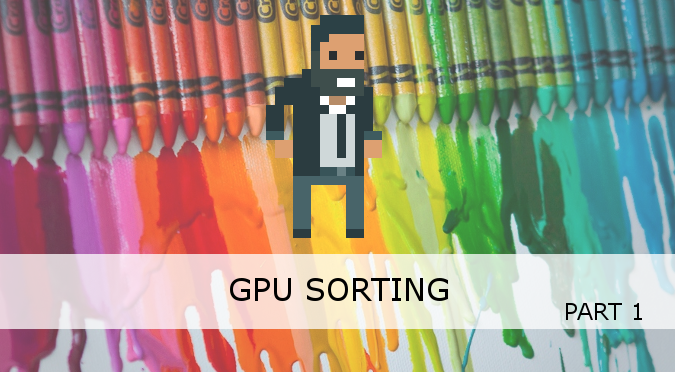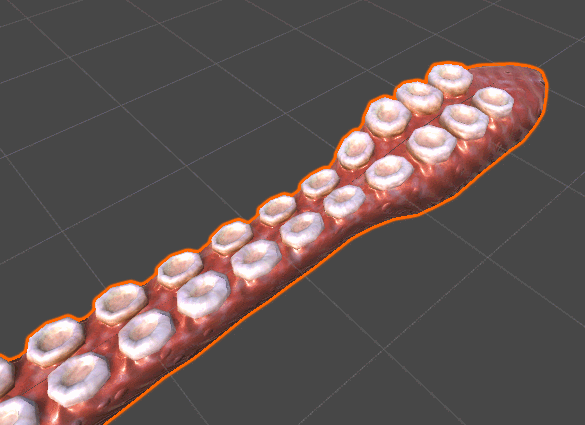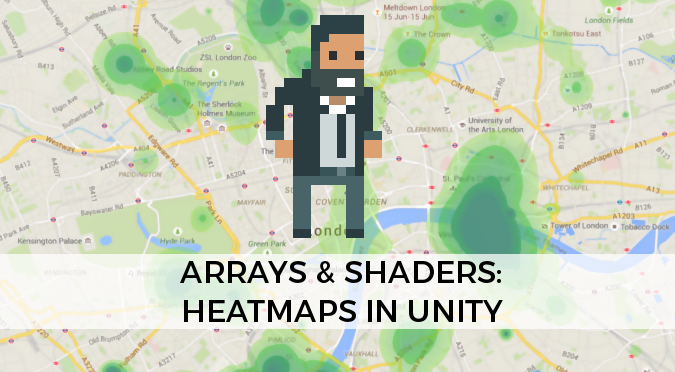
In a previous post, How To Integrate Arduino With Unity, we have shown how data can be sent and received through the serial port. The main problem encountered was dealing with the latency and the delays that communicating across different devices introduces. The solution proposed in that tutorial used a coroutine; decoupling the device communication from the game logic attenuates the problem, but it doesn’t remove it. The main problem is that, despite the name, Unity coroutines are not really executed in parallel with the rest of the game. Unity, by design, is not thread safe. This means that true parallelism is intentionally avoided by the engine, as it could result in race conditions. To solve the problem of the communication between Unity and Arduino, once and for all, we need actual threads.
At the end of this tutorial, you can find a link to download the Unity package.
Continue reading →












